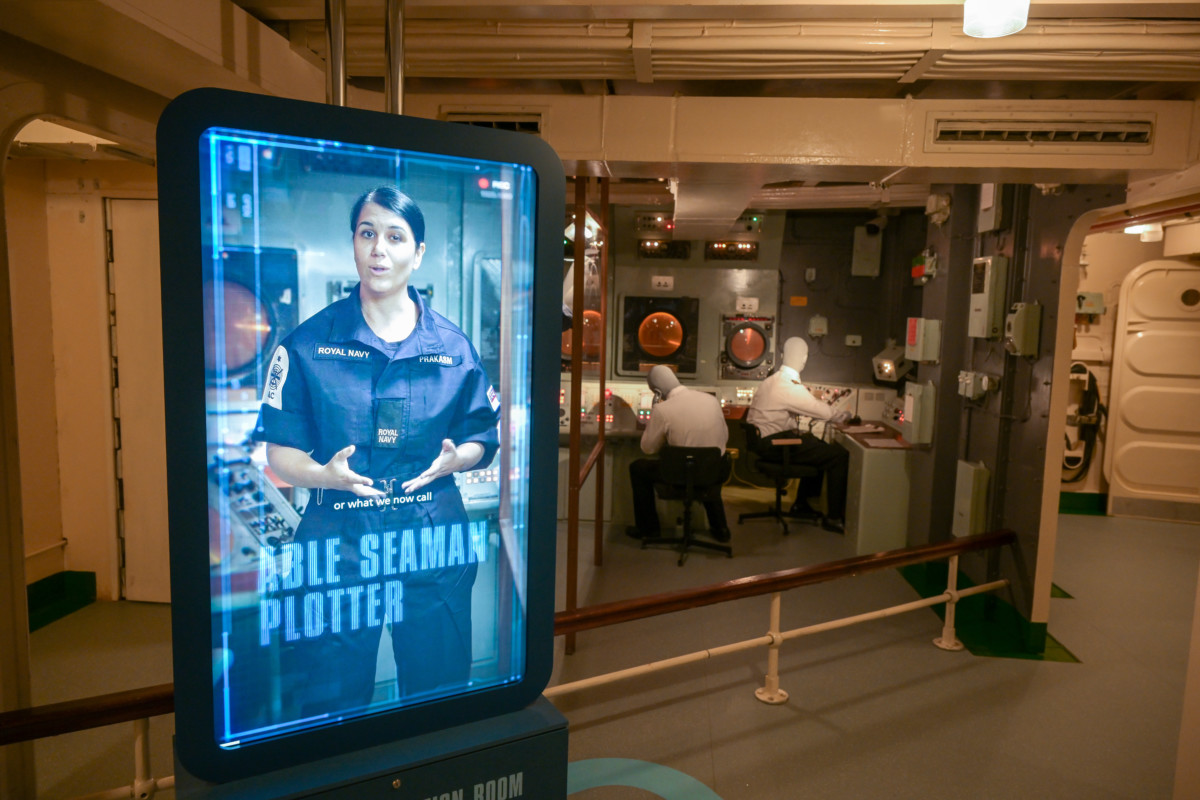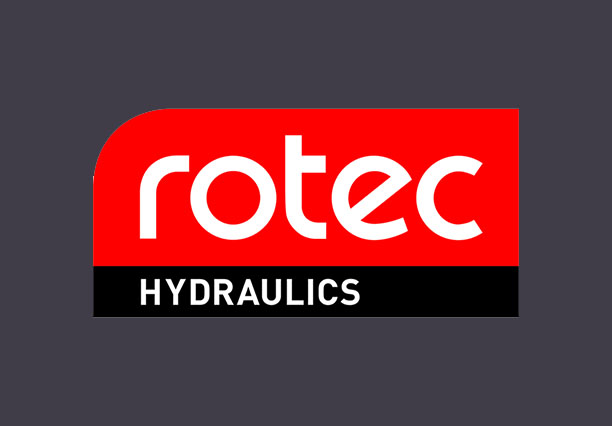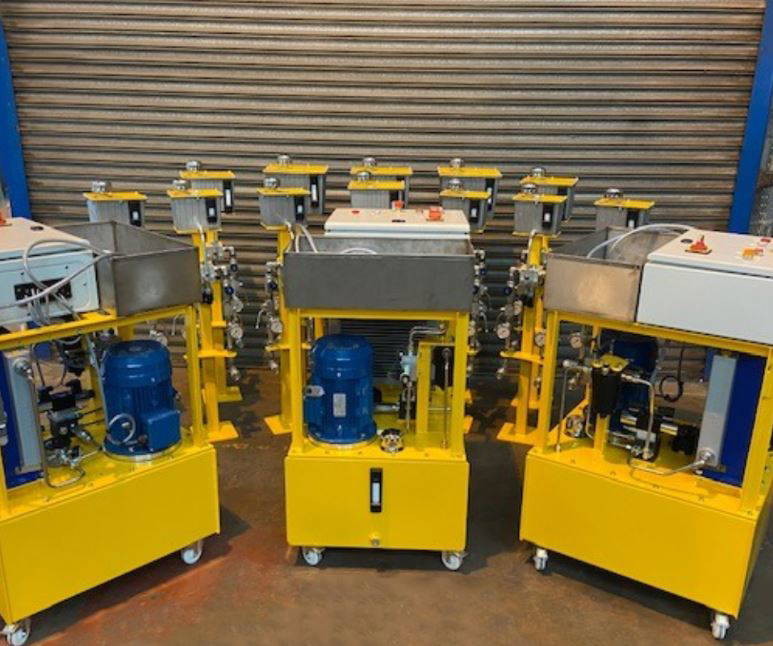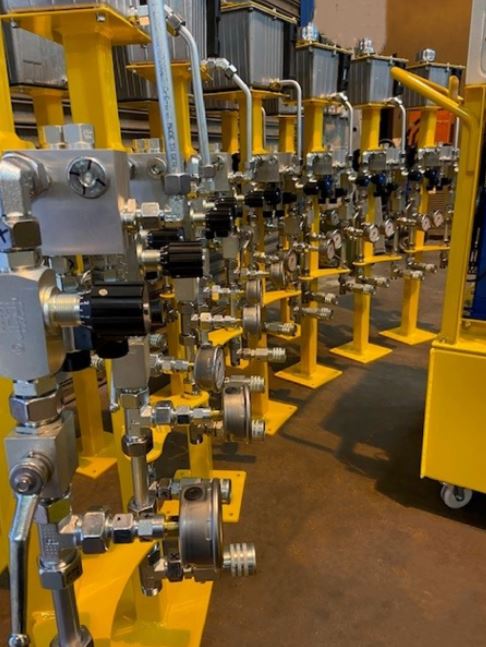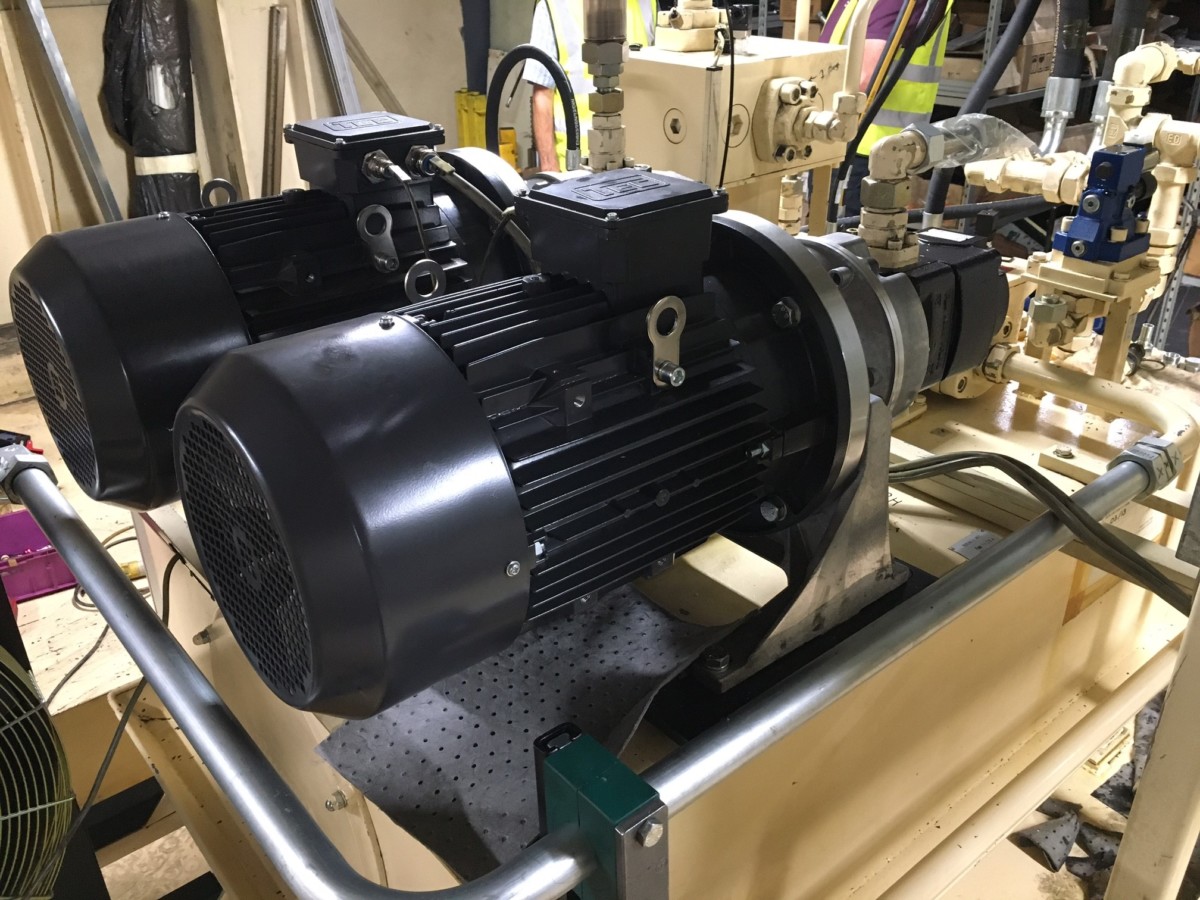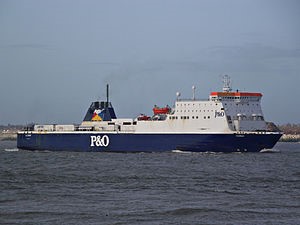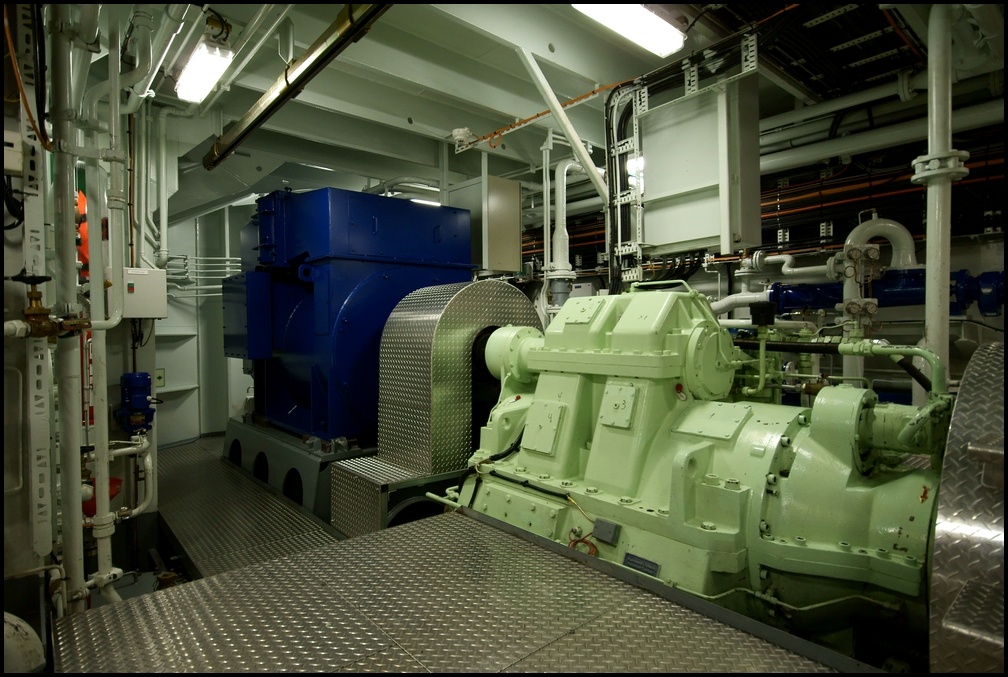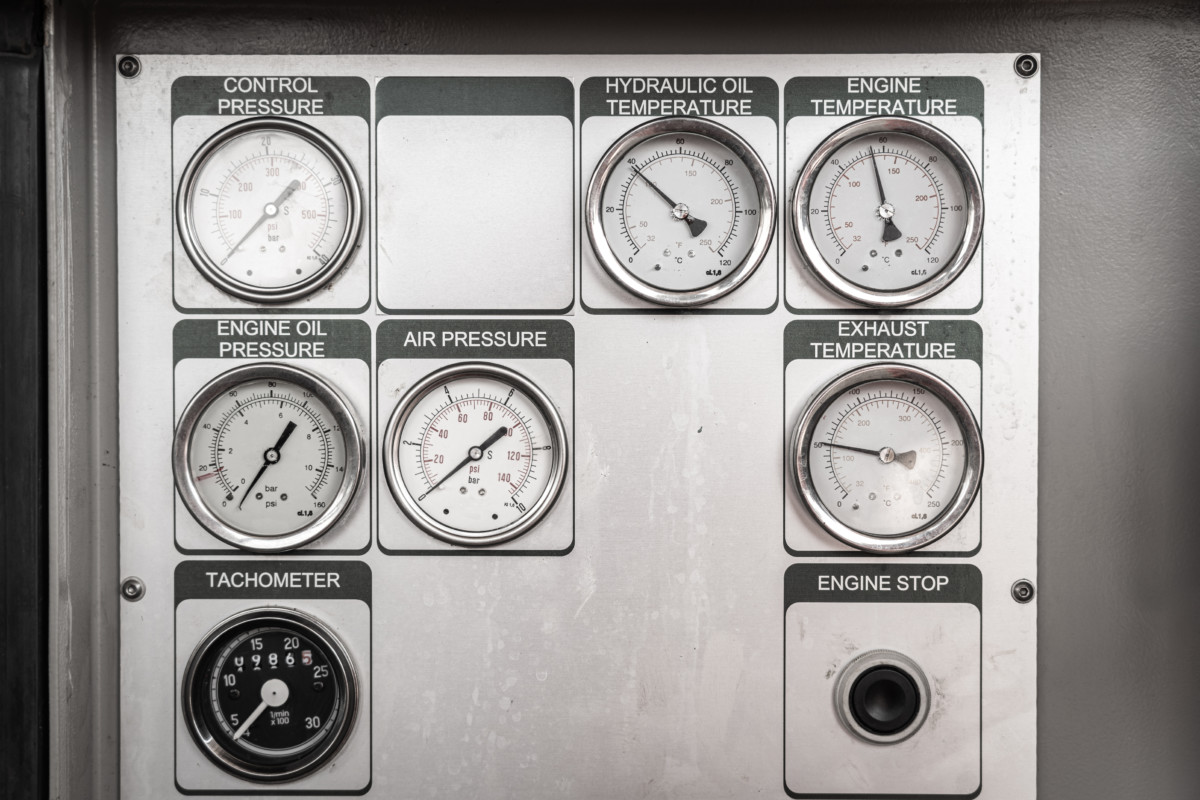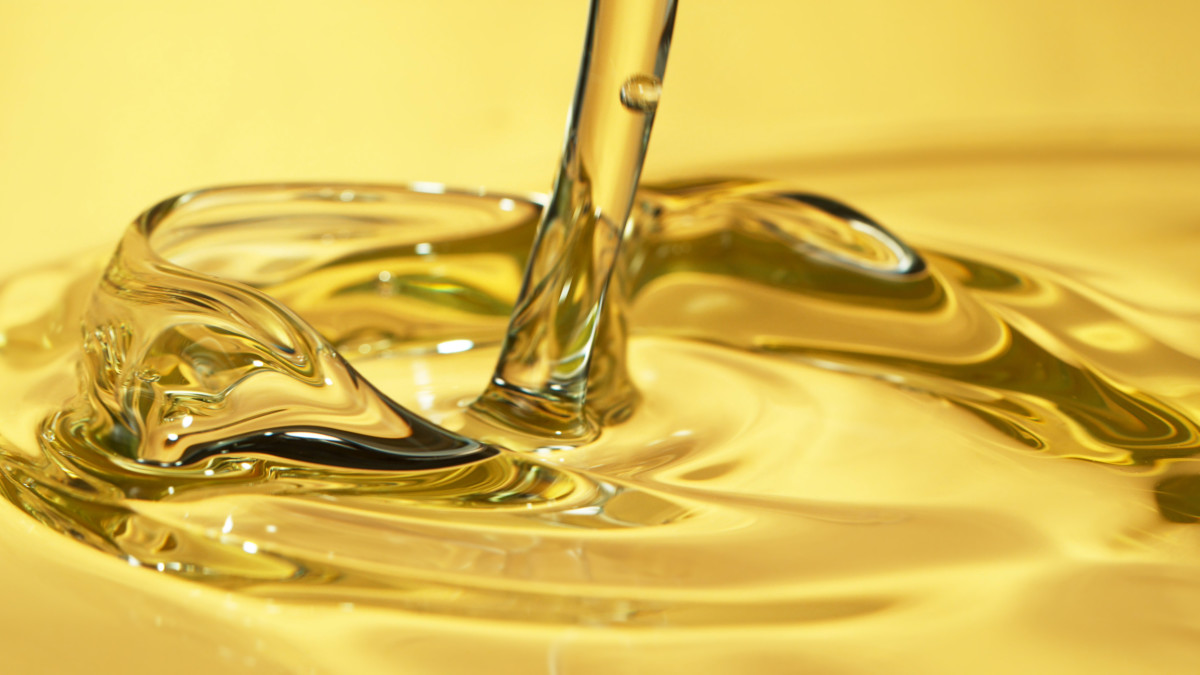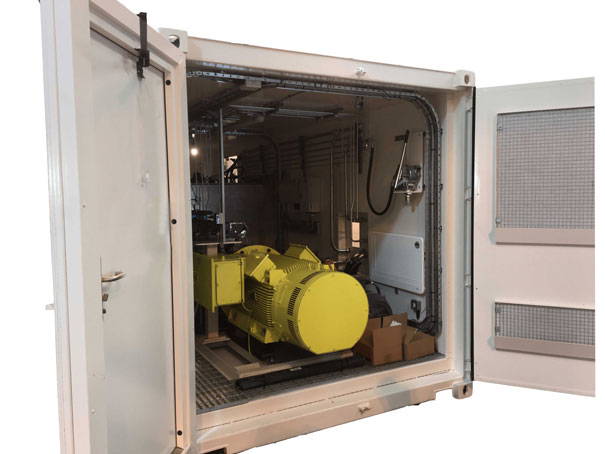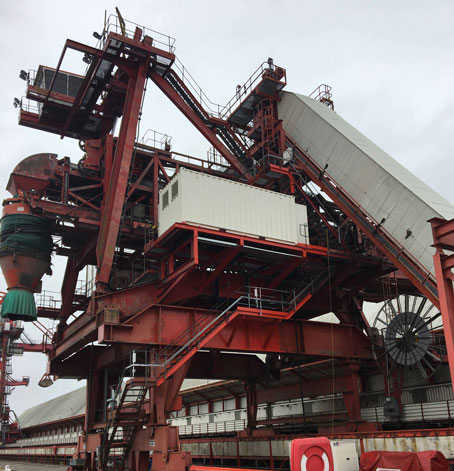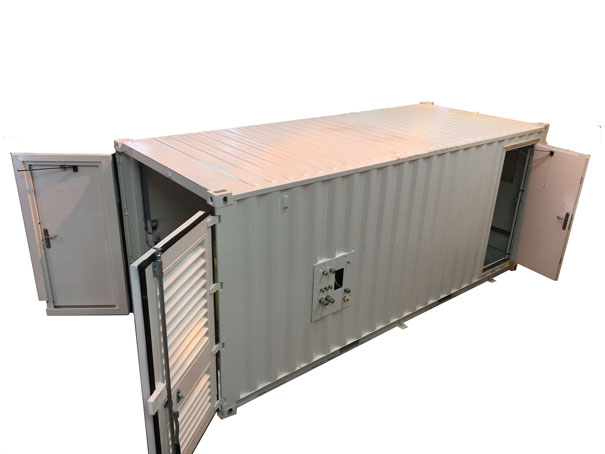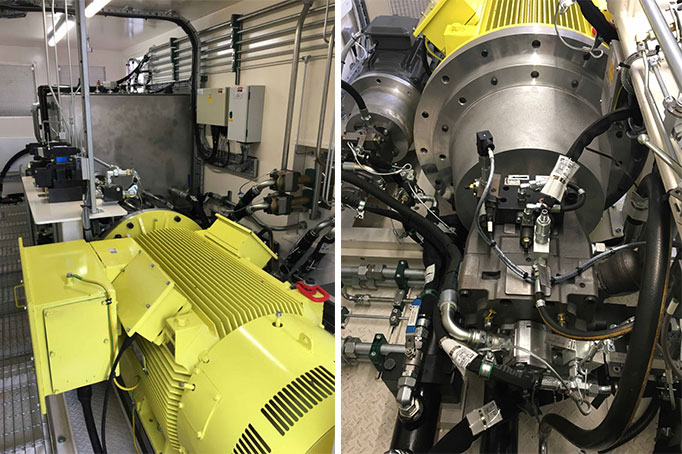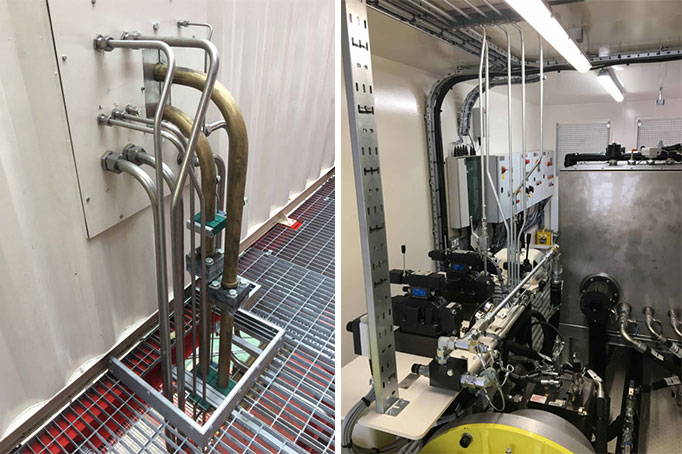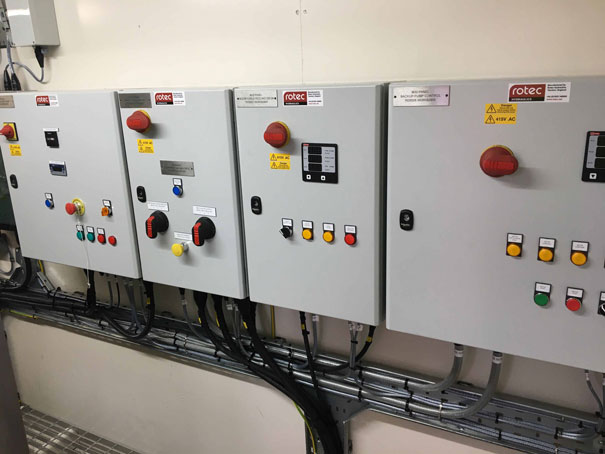Rotec supports new immersive visitor experience at the Fleet Air Arm Museum
The Fleet Air Arm Museum will be wowing visitors with their new state-of-the-art, immersive Carrier Experience after a £1million refurbishment.
Rotec Hydraulics Ltd were pleased to carry out works on the hydraulic and electrical systems that are integral to the simulator experience at the museum, which houses aircraft and artefacts from the flying arm of the Royal Navy.
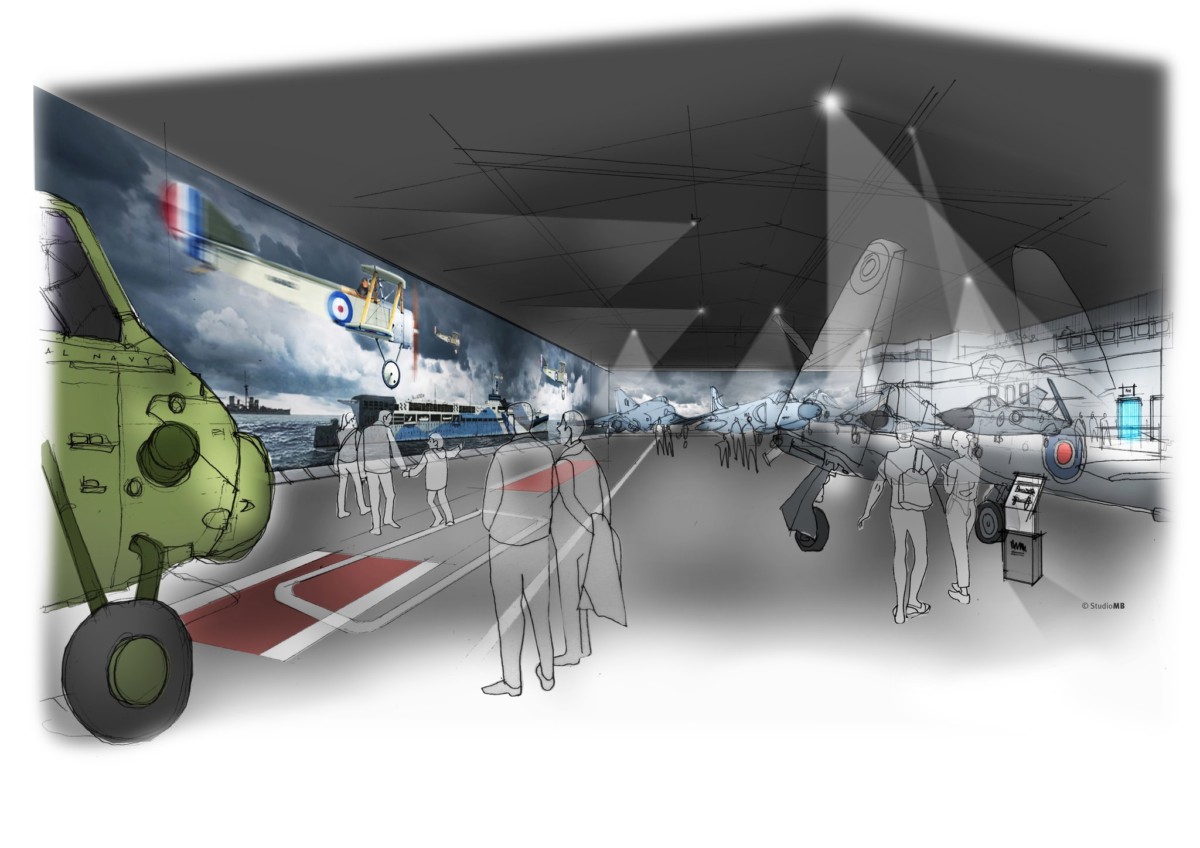
In addition to replacing over 50m of hydraulic hose, all hoses were uniquely identified using the Parker Hannifin PTS bar-code labelling system to ease traceability and future renewal. Rotec engineers also refurbished all hydraulic cylinders and repaired the two hydraulic pump units to ensure pressure and flow performance are maximised. Other works included replacement seals, filters and directional valves, strip and clean manifold assemblies and reservoir cleans.
Adjacent to the hydraulic works, Rotec carried out electrical works on the customer experience feature at the museum in the main pump room, remote control room and on the scissor lift which raises and lowers visitors during the simulation.
In the main pump room located control panel, Rotec removed existing obsolete Toshiba PLC unit hardware, and installed a newly supplied 24VDC 10A switch mode power supply module plus protective devices. A rewire the existing safety monitoring control relay and circuit was required to provide a dual channel redundant protective emergency stop circuit.
Rotec designed, supplied and installed replacement PLC hardware to replace the Toshiba module, which was then fully programmed with the required application specific logic code to ensure the scissor lift would rise and lower in time with the attraction’s audio-visual experience.
In the remote control room, Rotec supplied and installed an operator’s control station and local 24VDC power supply. The control station included a nominal 8” full colour touchscreen HMI device fully programmed with all existing and planned operator controls, indicators and alarms.
The works Rotec has completed in part of an overarching Carrier Experience. The new experience, which is dedicated to the memory of generous benefactor Vice Admiral Sir Donald Gosling KCVO, Vice Admiral of The United Kingdom, combines digital technology with the scale of a carrier flight deck to transport visitors from the pioneer years of the First World War, all the way to the modern HMS Queen Elizabeth class carriers of today.
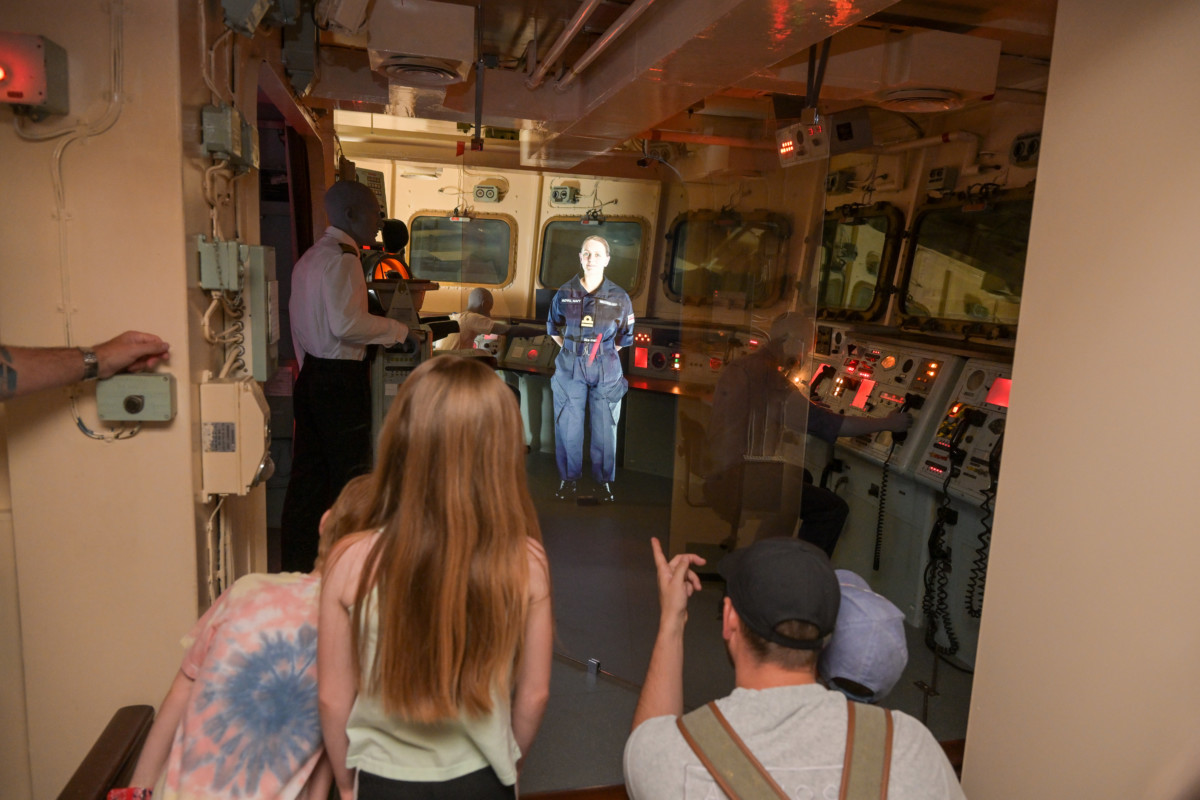
Adam Gosling, of the Gosling Foundation comments,
“Vice Admiral Sir Donald Gosling KCVO, Vice Admiral of The United Kingdom founded the original Carrier Experience that opened in 1994 and has welcomed over four million visitors.
“To see the Experience reinvigorated and made meaningful and relevant for today’s audience is the perfect way to celebrate my late father’s enduring support of the Fleet Air Arm Museum. It reflects a mutual vision to preserve and showcase the proud history of British naval aviation. His generous legacy gift has enabled, once again, the illustrious tale of Britain’s aircraft carriers to be told, and enjoyed, for many more generations to come.”
Professor Dominic Tweddle, Director General of The National Museum of the Royal Navy says,
“The re-imagining of the Carrier Experience to include the Queen Elizabeth Class, the pride of the British fleet, demonstrates our ongoing commitment to the history of naval aviation and telling the story of the contemporary navy. This mix of heritage and modernity mirrors the projects that Vice Admiral Sir Donald Gosling KCVO, Vice Admiral of the United Kingdom so generously supported over the years.
“I am certain that the work of the staff team, contractors and corporate partner Lockheed Martin has brought to life the Carrier story in the way that Sir Donald had in mind when he made his legacy gift. It is both an honour and a pleasure to recognise his lifelong support with this exhibition, which is housed in The Gosling Hall.”
Rotec were chosen to complete the works due to their impressive ability to combine hydraulics with complex electronic control systems. The works were completed in a matter of weeks, on schedule and to a high standard.
For further information on the expansive range of services Rotec offers, including case studies of other works, visit www.rotec.net.
